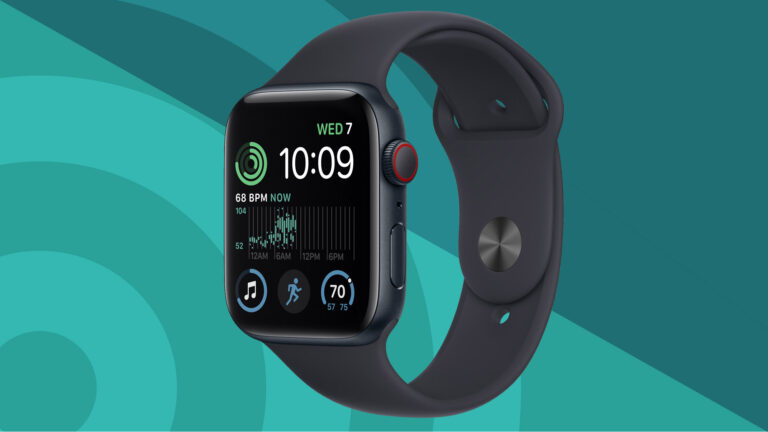Comparison of Top Home Automation Technologies: What to Know Before You Upgrade
The smart home revolution is in full swing, with more people integrating technology into everyday living to increase convenience, energy efficiency, and peace of mind. But with so many platforms and devices available, choosing the right setup can be overwhelming. That’s where a clear comparison of top home automation technologies becomes essential. Whether you’re just starting to explore smart living or looking to upgrade an existing system, understanding the strengths and differences of leading automation platforms can help you make smarter, future-ready decisions tailored to your lifestyle.
Alexa, Google Home, or Apple HomeKit: Which Assistant Fits Your Life?
Voice control is at the heart of most home automation systems, and your choice of smart assistant can shape your entire ecosystem. Amazon Alexa offers the widest device compatibility and third-party integration, making it ideal for users who want flexibility and budget-friendly options. Google Home shines with natural language processing and is perfect for users already embedded in the Google ecosystem think Gmail, Calendar, and Chromecast. Apple HomeKit, while more restrictive in device compatibility, is the go-to for those who prioritize privacy, seamless iOS integration, and advanced security protocols.
Zigbee, Z-Wave, or Thread: Understanding Your Smart Device’s Language
Behind every smart device is a communication protocol that determines how it interacts with others. Zigbee and Z-Wave have been dominant for years, offering low-energy, mesh-based networks ideal for larger homes. Zigbee has wider brand adoption and faster speeds, while Z-Wave is praised for stability and reduced signal interference. The newcomer, Thread, is gaining traction for being faster, IP-based, and future-proof especially since it’s backed by major players like Google and Apple. Choosing the right protocol ensures long-term reliability and smooth device syncing.
Smart Hubs vs. Hub-Free Ecosystems: Central Control or Cloud Dependence?
Some home automation platforms rely on a dedicated hub to connect devices, while others operate hub-free using Wi-Fi and cloud access. Systems like Samsung SmartThings or Hubitat offer centralized control with local processing, meaning faster automation and less reliance on the internet. Meanwhile, ecosystems like Google Home and Amazon Alexa function without a hub but may experience slower response times or disruptions if your internet goes down. Consider your internet reliability and the number of devices you plan to connect when deciding between these architectures.
Home Security Automation: Which Platforms Deliver the Best Protection?
Home automation isn’t just about comfort it’s a powerful tool for boosting security. Platforms like Ring (owned by Amazon), Arlo, and SimpliSafe integrate with voice assistants and offer features like real-time alerts, motion detection, and remote access. Google Nest offers seamless integration with video doorbells, cameras, and smoke detectors, all controlled via a single app. If privacy is your top concern, Apple HomeKit Secure Video provides end-to-end encryption, ensuring your footage stays on your device and out of the cloud. The best option depends on how hands-on you want to be and how much control you need over your data.
Energy Efficiency and Automation: Making Your Home Smarter and Greener
Smart thermostats, lighting systems, and appliance monitors help reduce energy use—and your utility bills. Ecobee and Nest are leaders in smart temperature control, using occupancy sensors and machine learning to optimize settings. Lutron and Philips Hue provide customizable lighting routines that adapt to your habits and save power. When these systems are connected to a larger ecosystem, they can automate routines like shutting off lights when you leave or adjusting temperature based on weather forecasts. Choosing a platform that allows deep automation helps you cut costs while reducing your carbon footprint.
FAQs
Do all smart home devices work together across platforms?
Not always. Compatibility depends on the communication protocol and whether the devices support your chosen ecosystem (e.g., Alexa, Google Home, or HomeKit).
Is a hub necessary for home automation?
It depends. Hubs offer local control and speed, but many modern devices operate well using just Wi-Fi and a smartphone app.
Which system is best for beginners?
Google Home and Amazon Alexa are user-friendly and affordable, making them great starting points for smart home novices.
Can I mix and match different brands and platforms?
Yes, but it requires careful planning. Using a unifying platform like SmartThings can help manage multi-brand setups.
Is smart home technology secure?
Generally yes, especially if you keep software updated and use strong passwords. Apple HomeKit offers the highest built-in privacy standards.
